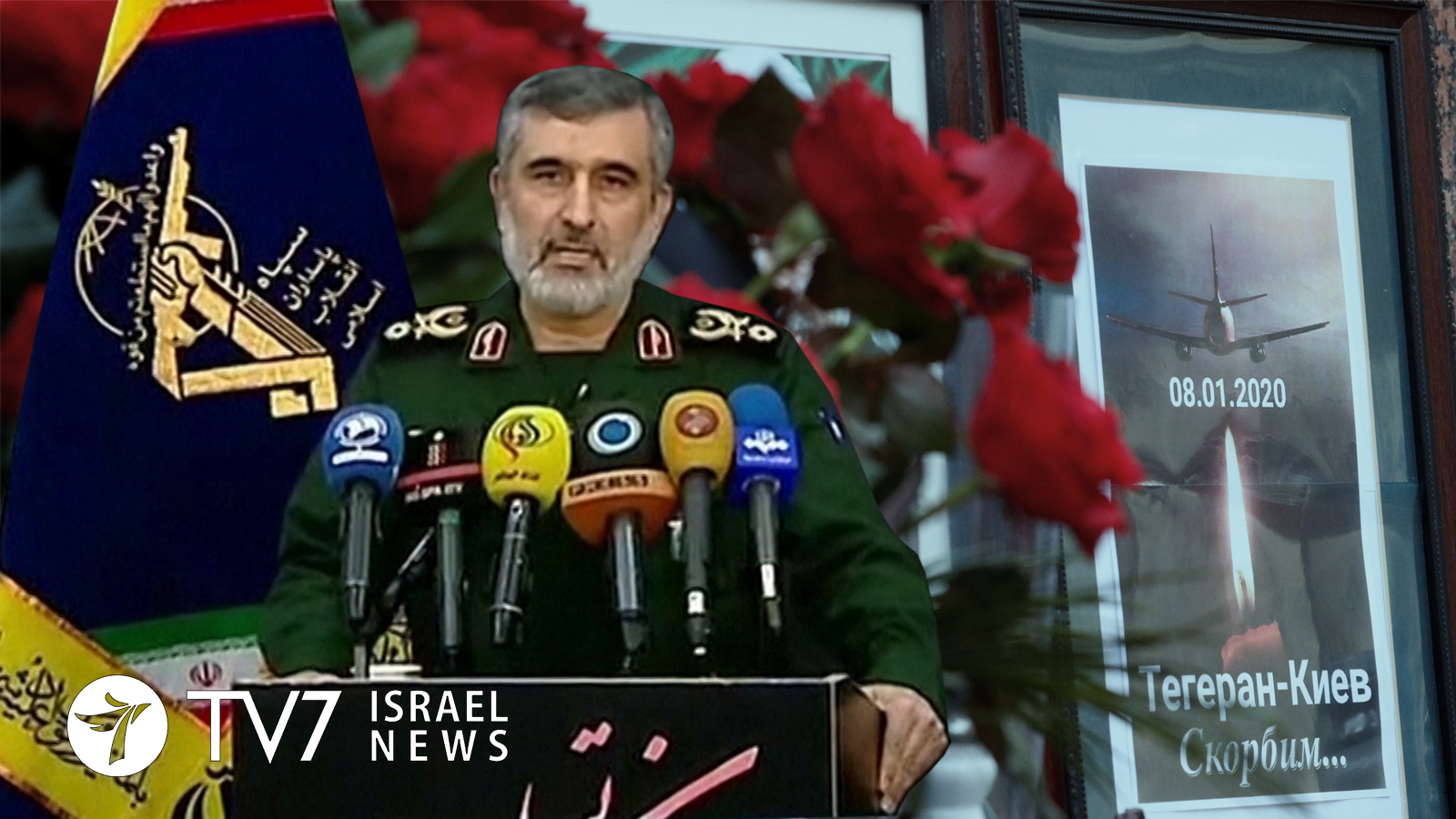The Islamic Republic of Iran has admitted the January 8 downing a Ukrainian passenger plane, after initially insisting that the collision was caused by mechanical issues.
Ukraine International Airlines Flight 752 crashed in a field between the Iranian cities of Parand and Shariar, just minutes after taking off from Tehran’s Imam Khomeini Airport at 6:12 AM en route to Kiev. All 176 passengers and crew members on board were killed. The victims included 82 Iranians, 63 Canadians, 11 Ukrainians, 10 Swedes, three Germans and three Britons, in addition to the Ukrainian crew members.
Shortly after the deadly incident occurred, U.S. intelligence officials revealed that American satellites had detected infra-red blips of two missile launches from an Islamic Revolutionary Guards Corps (IRGC) installation immediately prior to the plane crash, subsequently followed by evidence of an explosion. Iranian Authorities, however, immediately dismissed the American allegation as ‘Western conspiracies.’ Saying, “As we have mentioned, no missile has definitely hit it,” Tehran’s Civil Aviation Chief Ali Abedzadeh claimed that a comprehensive investigation that could take as long as two years to complete would establish the disaster’s cause.
Despite unmitigated efforts to conceal responsibility regardless of whether the downing was in fact unintentional, mounting proof of the IRGC accountability ultimately forced the Iranian admission. In a rare televised confession of error, top IRGC Commander Amir Ali Hajizadeh apologized and accepted full responsibility, although went on to claim the error was on the part of a single surface-to-air guard who misidentified the passenger aircraft as an incoming cruise missile.
“Unfortunately, because of the hasty decision of one person,” said Hajizadeh, “this great disaster happened.”
It is important to note that the devastating incident took place just several hours after the IRGC launched 16 ballistic missiles at bases that house U.S.-led coalition forces in Iraq. Due to the placement of Iran’s surface-to-air battery system on the highest level of alert in the event of U.S. retaliation, the IRGC Commander insisted that Washington ultimately to blame for the Iranian error. “This is the cost from the mischief, inflammation, and actions of the U.S. in the region. Really that night we were ready for a full-scale conflict,” said Hajizadeh.
